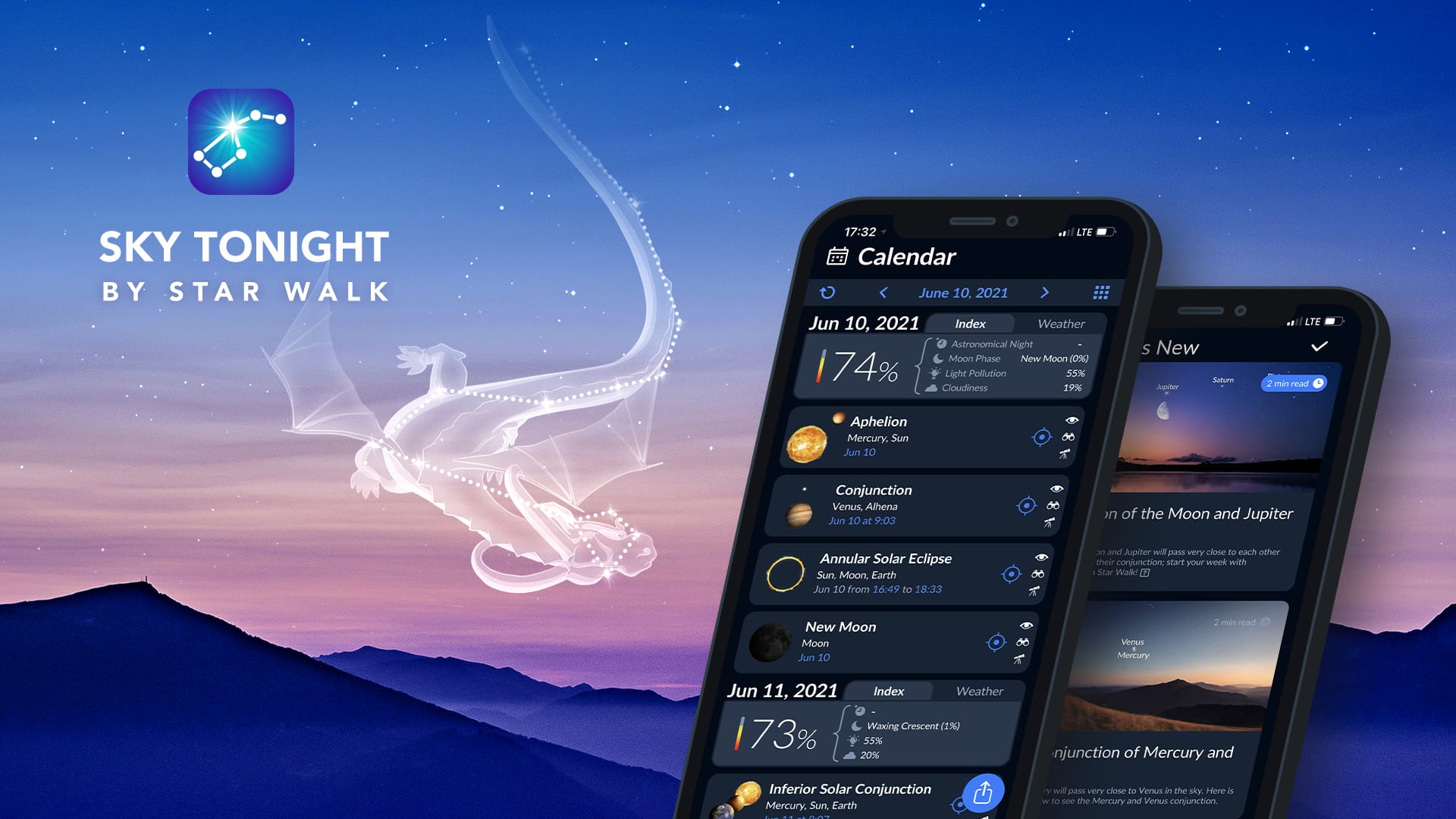One of the standout features of Mac computers is the vibrant and sleek display. The screen offers a visually impressive and immersive experience. But they are not immune to problems, and you may encounter some distressing issues from time to time. This guide explores the common Mac screen issues and offers troubleshooting tips to ensure you can keep the display in top-notch condition.
The pink screen of death
This is not as infamous as the blue screen of death experienced by Windows users, but equally perplexing.
The issue turns the Mac screen into a pinkish hue, covering the entire screen. The colors get distorted, making it nearly impossible for users to understand the content accurately.
The possible causes of the pink screen of death Mac are faulty or loose cable connections, graphics card problems, and software glitches.
The solutions are:
- Securing the connections and replacing damaged cables.
- Identifying issues with the graphics card by running Apple Diagnostics. Then, implement the appropriate troubleshooting steps for the issues revealed in the test.
- Updating the graphics drivers by going to the System Preferences app and clicking Software Update. Updates generally come with bug fixes and performance enhancements.
- Resetting NVRAM/PRAM to solve display-related issues. You can reset this by restarting your computer and holding the Option + Command + P + R keys.
Before trying these troubleshooting steps, you can restart your computer to fix temporary glitches. Sometimes, this is all you need to restore the color of your Mac screen.
Screen flickering
The rapid and intermittent changes in color or brightness are the result of screen flickers. A flickering screen makes it difficult to work on a Mac as it becomes harder to understand what’s on the screen. You won’t be able to read the content on the screen and also get distracted. This results in an unsettling visual experience.
The causes for this problem are incompatible or outdated graphics cards, incompatible software or applications, and faulty display hardware. To troubleshoot the problem, you have to identify the cause and fix it.
If the screen has started flickering after you have installed a new app or software, consider uninstalling it. The app might be incompatible with your computer and causing the screen to flicker. You can also consider updating the macOS software and apps. This will fix compatibility issues.
Next, check and install available updates for the graphics drivers.
You can also boot your computer in Safe mode to single out problematic apps or software. Then, uninstall the apps.
Are you using an external display? If the external screen is flickering, disconnect it and check whether the issue persists on the in-built display. If not, you may have to fix the external screen or check for loose connections.
Sometimes, screen flickering is caused due to excessive resource usage. This can be fixed via Activity Monitor.
Dead pixels
Dead pixels are a serious issue as this is the pixel’s way of bidding you farewell. These are pixels on the screen that cannot illuminate any longer and appear as dots on the display. These dark spots can make it difficult for you to work on your Mac, especially if you are editing pictures and videos.
The causes of this problem are physical damage, manufacturing defects, and aging displays.
If the display has aged, dead pixels are a result of natural wear and tear. The solution is to replace the display or get a new Mac computer.
As for manufacturing effects, you must check whether your Mac is under warranty. You have to go to the service center or contact Apple to explore your options for replacement or repair.
Distorted or blurry text
Are texts appearing fuzzy, blurry, or distorted? This can impact the readability of the display. The causes for this problem are resolution mismatch, screen calibration issues, and font rendering problems.
To troubleshoot this problem, follow these steps:
- The display resolution must be adjusted by navigating to the System Preferences app > clicking Displays, and choosing the appropriate resolution for the display.
- If the issue is with font rendering, it can be fixed by going to the System Preferences app. It can be adjusted in the General section. You can experiment with font smoothing settings.
- The display must be properly calibrated. This can be done in System Preferences. Calibration ensures accurate clarity and color representation.
Wrapping Up
Working on a Mac is a smooth experience, except for the occasional hiccups. One of the issues that has Mac users up all night is problems with the screen. If you can familiarize yourself with the common problems, you can easily fix the issues so there are no bottlenecks in your workflow.
If you need assistance, contact Apple Support or go to your nearest service center. By solving Mac screen issues, you can have a seamless computing experience.




